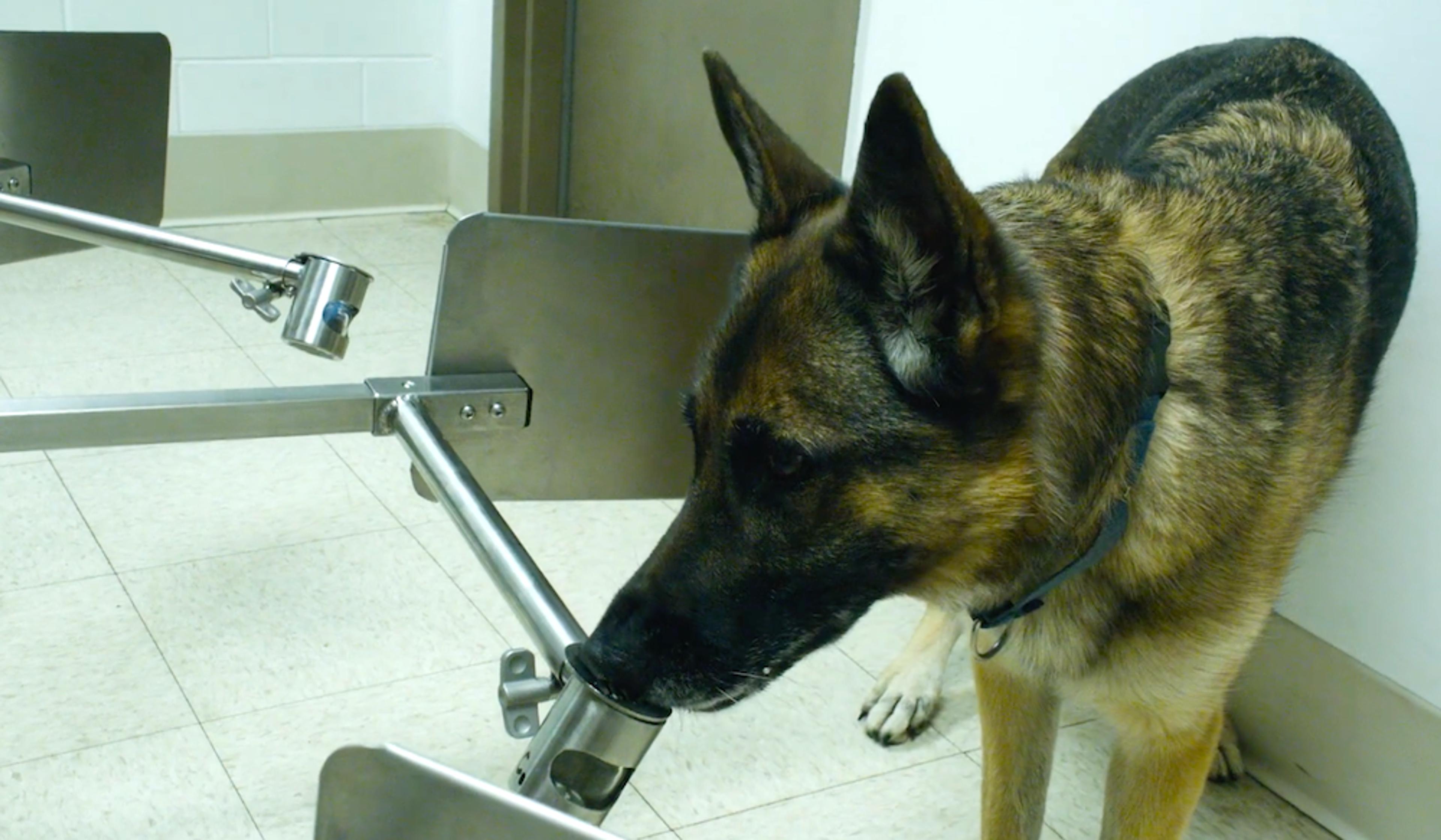Currently, most diagnoses of Parkinson’s disease don’t occur until five to 10 years after initial onset. However, researchers at the Research Laboratory of Electronics at the Massachusetts Institute of Technology believe they have created an effective, non-invasive tool for detecting diseases such as Parkinson’s years earlier. By using an algorithm that spots subtle changes in keystroke patterns, the team behind neuroQWERTY hopes to jumpstart the detection of neurodegenerative disorders and, in doing so, accelerate treatment for sufferers.
How changes in our typing can help detect neurodegenerative diseases
Producer: Melanie Gonick
Website: MIT Media Lab

videoBiotechnology
How harnessing the power of dogs could help scientists sniff out cancer early
7 minutes

videoNeuroscience
What will we do when neuroimaging allows us to reconstruct dreams and memories?
4 minutes

videoConsciousness and altered states
What a rare form of dementia reveals about how we construct the world outside
8 minutes

videoAutomation and robotics
Human as a process: What awaits us in the coming age of bio-enhancement?
3 minutes

videoComputing and artificial intelligence
Why artificial neural networks have a long way to go before they can ‘see’ like us
19 minutes

videoNeuroscience
Psychiatry is due for a revolution in diagnosis and treatment through brain science
4 minutes

videoPhilosophy of science
Video gamers solve a biological puzzle that has stumped scientists for years
3 minutes

videoPleasure and pain
Interactive biofeedback sensors may be the future of treating chronic pain
4 minutes

videoComputing and artificial intelligence
A future in which ‘artificial scientists’ make discoveries may not be far away
9 minutes